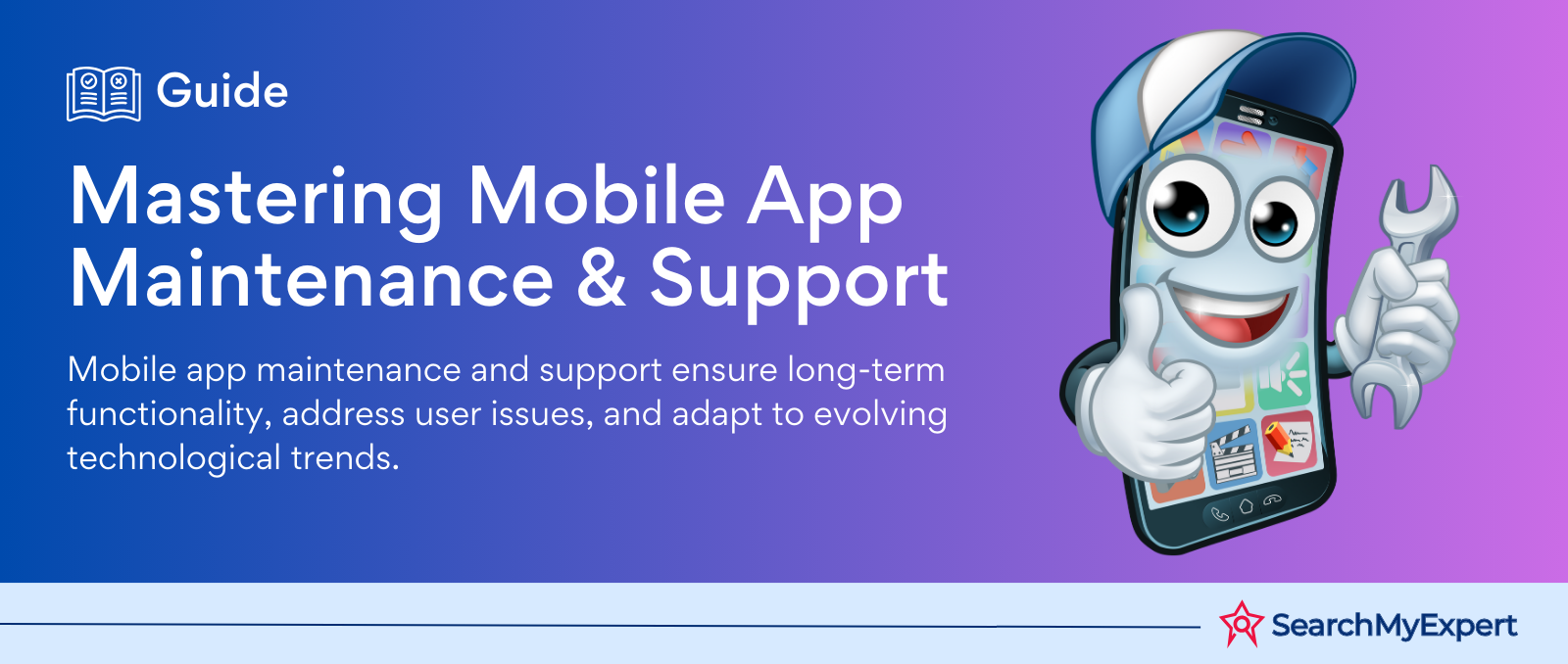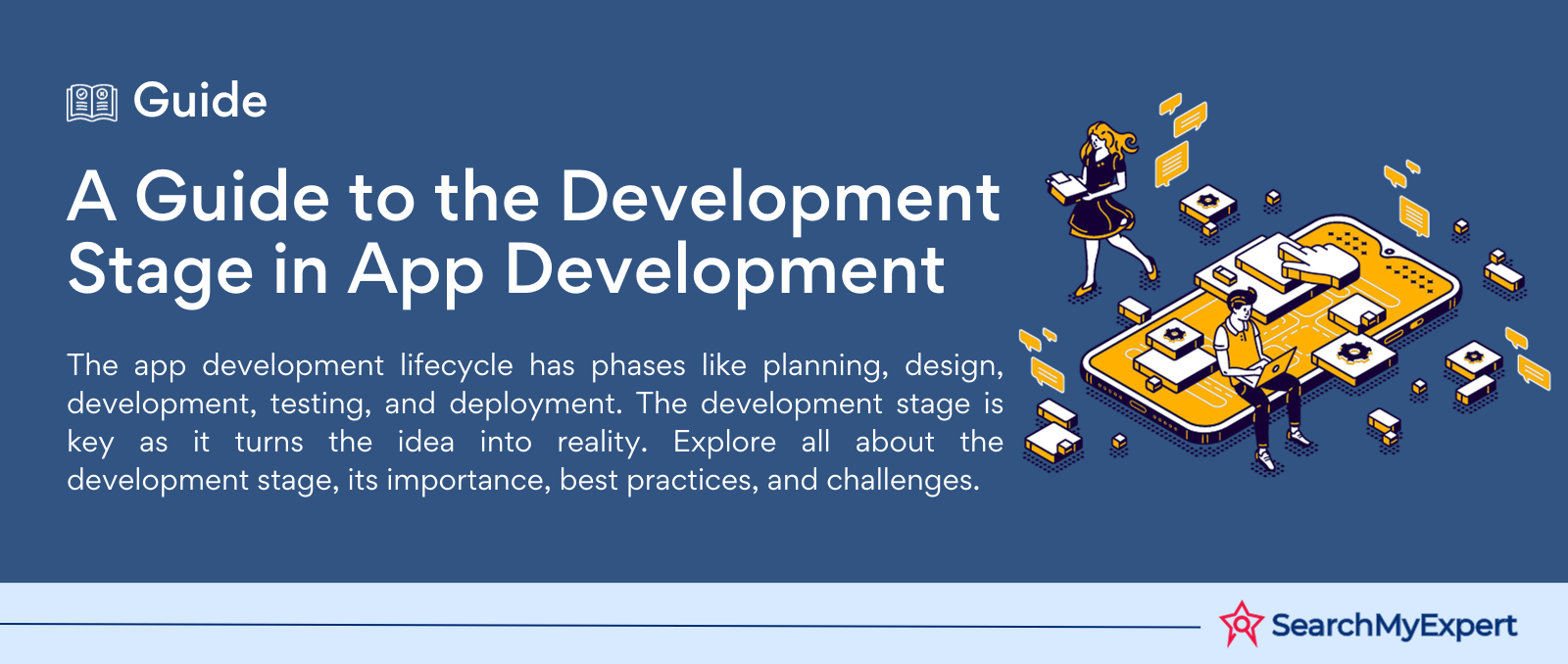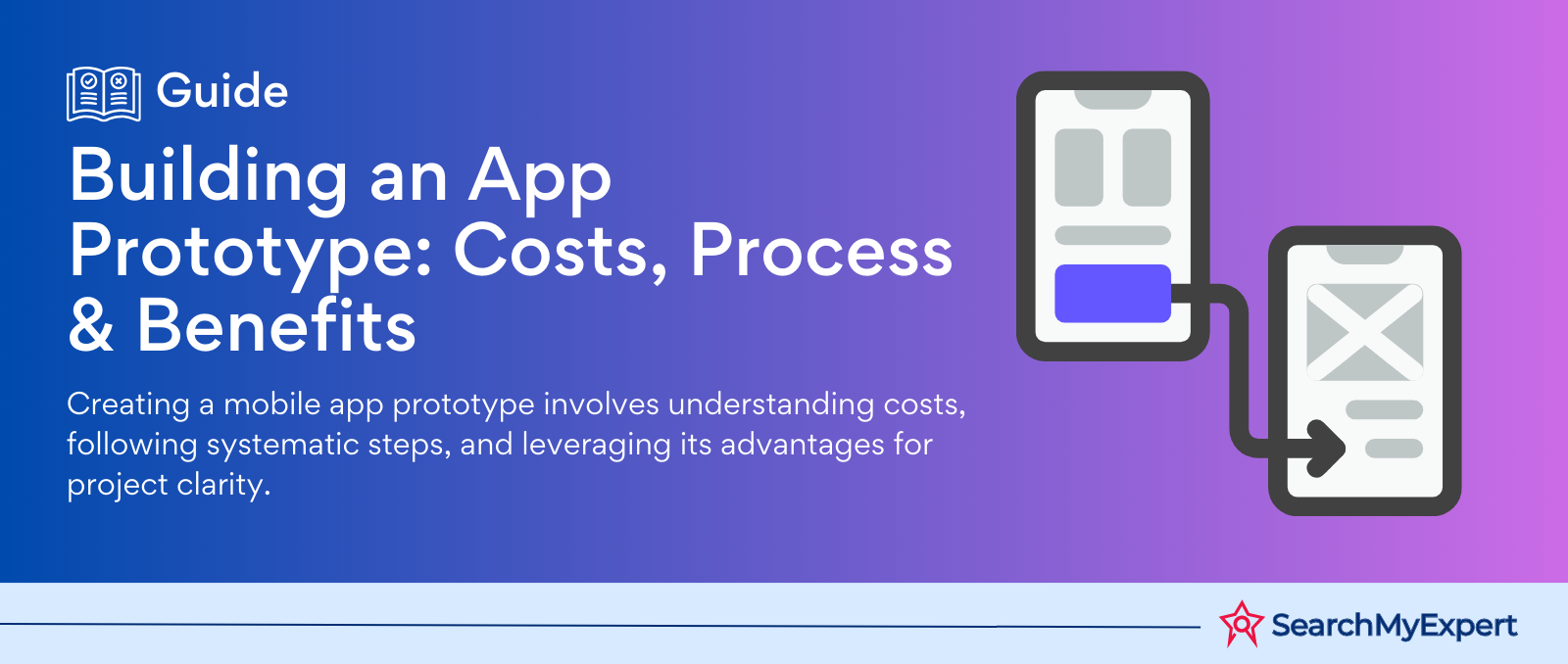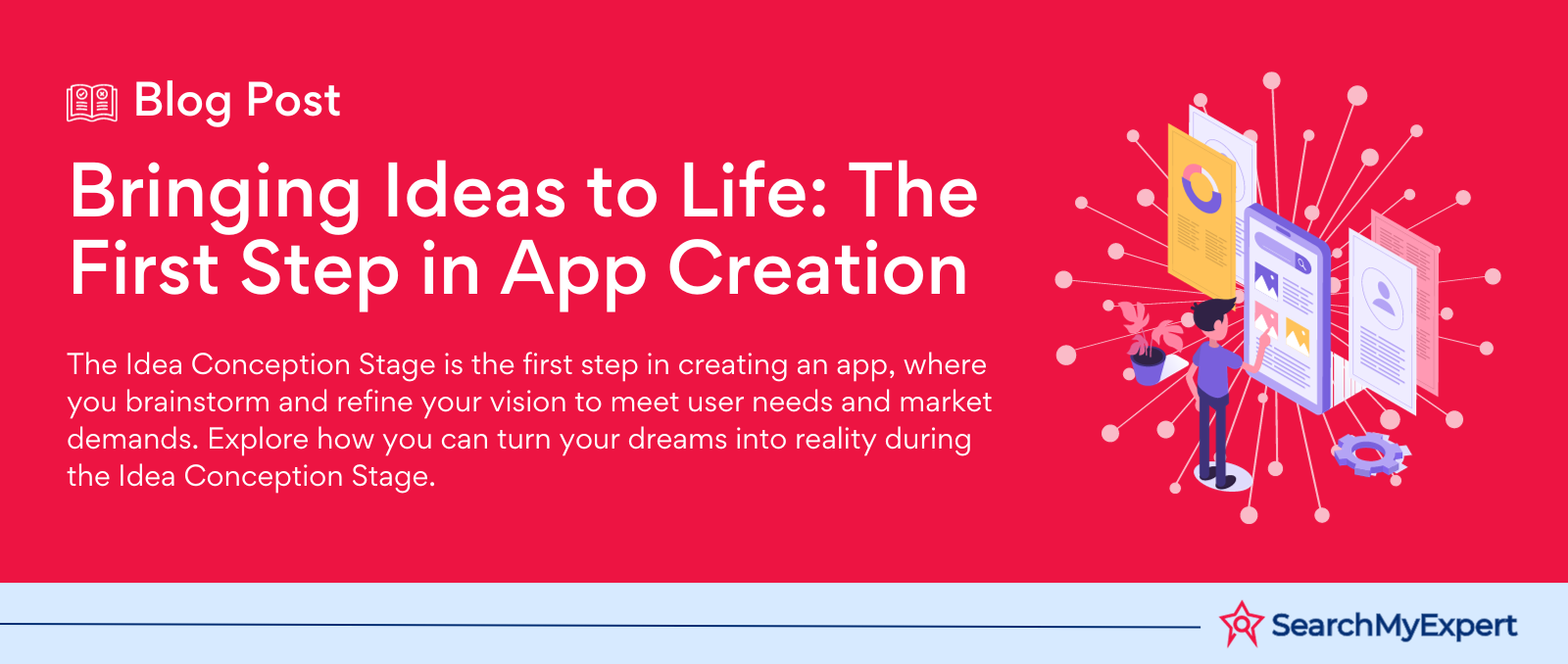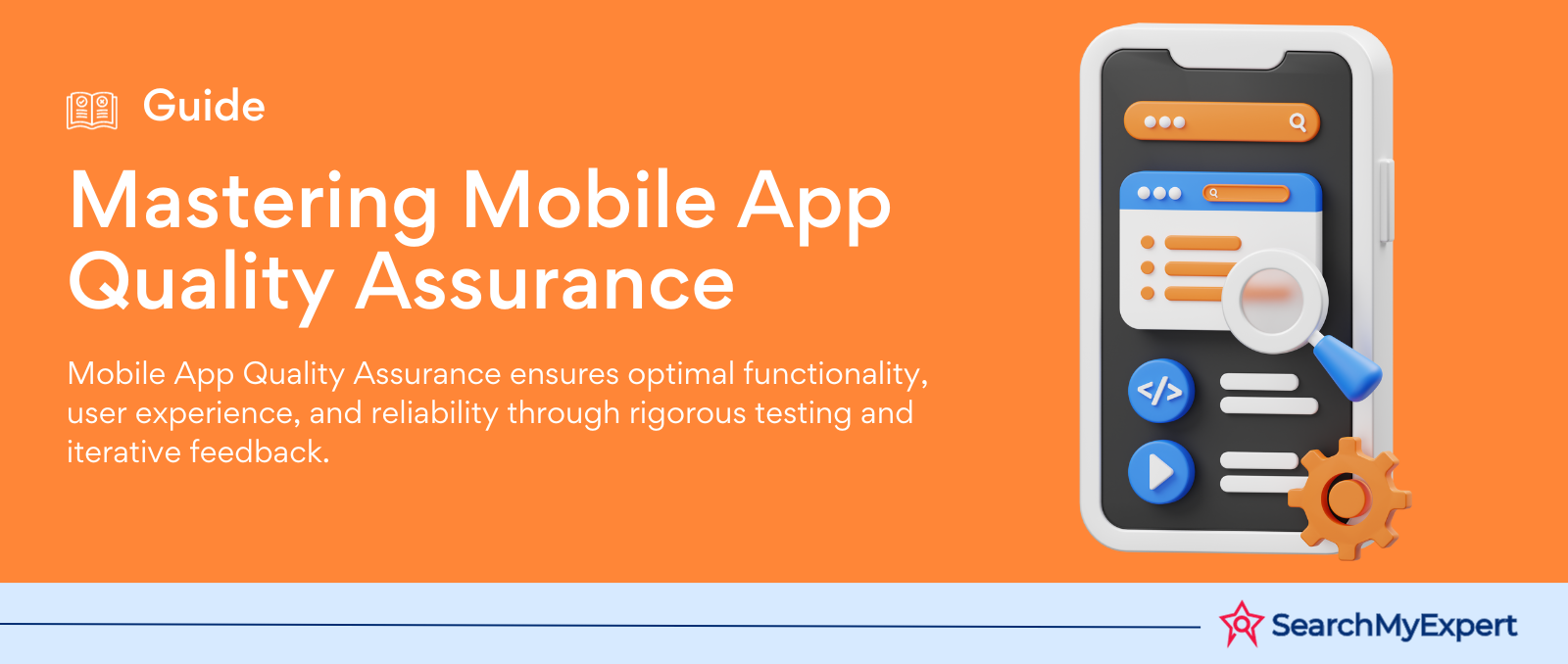Combining Digital Design and SEO to Maximise Online Success

Digital Design and SEO: Crafting Online Success
In the ever-evolving world of digital marketing, two pillars stand tall, defining and shaping the virtual landscape: Digital Design and SEO (Search Engine Optimization). These domains, though distinct in their nature, intersect and intertwine in ways that are fundamental to the success of any online venture.
Understanding Digital Design
Digital design, a blend of creativity and technology, encompasses the visual, functional, and experiential aspects of a website or application. It's not just about how things look; it's about how they work and feel. From the layout, color scheme, typography, to user interface (UI) and user experience (UX) design, digital design lays the groundwork for an engaging online presence.
The Role of SEO
SEO, on the other hand, is the art and science of optimizing your online content so that search engines like Google favor it, placing it higher in search results. It involves understanding algorithms, using keywords effectively, and creating quality content that resonates with your audience and search engines alike.
The Intersection: Synergy for Success
The connection between digital design and SEO is profound. A well-designed website attracts visitors, but without effective SEO, it may remain unseen. Conversely, a site optimized for search engines but lacking in design fails to engage and retain visitors. The synergy of these two domains is, therefore, not just beneficial but essential for achieving online success.
Design Principles for SEO
As we delve deeper into the symbiotic relationship between digital design and SEO, it becomes clear that certain design principles are pivotal for enhancing SEO effectiveness. These principles not only bolster the aesthetic appeal of a website but also significantly improve its search engine visibility and user experience.
Clear and Concise Design: The Pillar of User-Friendliness
A clear and concise design is paramount. Websites must be user-friendly, offering intuitive navigation to both human users and search engine crawlers. Simple, clean layouts with well-structured content make it easier for search engines to index your site. This clarity extends to menus, sitemaps, and overall content organization, ensuring that visitors and crawlers can navigate your site effortlessly.
Mobile-First Approach: Catering to the Mobile Majority
In today's digital era, a mobile-first approach is non-negotiable. With a significant portion of internet traffic coming from mobile devices, responsive design is essential. Websites must adapt seamlessly to various screen sizes and devices, offering a consistent user experience. This adaptability not only caters to user preferences but also aligns with Google's mobile-first indexing, directly impacting SEO rankings.
Visual Hierarchy: Guiding Users Intuitively
The visual hierarchy is a critical aspect of digital design that influences how users interact with your content. Effective use of design elements like typography, color, and whitespace can guide users' attention to the most important information. This strategic arrangement not only enhances user experience but also allows search engine crawlers to identify key content, improving content relevancy and site authority.
Image Optimization: A Picture’s Worth in SEO
Images are powerful tools for engagement, but they must be optimized for SEO. This includes using descriptive alt tags, which provide context to search engine crawlers and improve accessibility. Efficient image compression is essential to reduce loading times, a critical factor in SEO. Moreover, relevant filenames for images can enhance search engine visibility, as they offer additional clues about the content.
Content Integration for SEO
In the intricate dance of digital design and SEO, the integration of SEO-optimized content within your digital designs is a crucial step. By blending SEO strategies with design elements, you create a robust framework that enhances visibility and user engagement.
Keyword Research and Targeting: The Foundation of SEO Content
The cornerstone of SEO content is keyword research and targeting. Identifying relevant keywords is an art that involves understanding your audience's search intent and industry trends. Once identified, these keywords should be strategically incorporated into various design elements. This includes website copy, headings, and even image alt text. It's not just about peppering content with keywords; it’s about weaving them seamlessly into your narrative, ensuring they feel natural and enhance the overall message.
Meta Descriptions and Title Tags: The First Impression
Meta descriptions and title tags are often the first interaction potential visitors have with your website on search engine result pages. Crafting compelling and informative meta descriptions and title tags is essential. They should accurately reflect the content of your pages while incorporating target keywords. This helps in improving click-through rates and aligns user expectations with the content they find on your site, which is crucial for maintaining low bounce rates.
Internal Linking: Weaving a Web of Content
An often-overlooked aspect of SEO is the power of internal linking. By building a logical internal linking structure, you not only enhance user navigation but also improve website crawlability. This involves connecting related pages in a way that feels intuitive and adds value for the user. Internal links guide users through a journey across your site, increasing engagement and time spent on site, both of which are positive signals to search engines.
Integrating SEO-optimized content within digital designs is not just about following best practices; it's about creating a harmonious blend that appeals to both search engines and users. When done correctly, it elevates your online presence, making your site not just a destination but an experience.
User Experience and SEO
In the realm of digital marketing, the significance of user experience (UX) cannot be overstated. UX is the cornerstone of both SEO success and overall website efficacy. A positive user experience directly correlates with higher engagement, better conversion rates, and improved SEO rankings. Let’s explore the key design elements that contribute to a stellar UX.
Fast Loading Times: The Speed of Success
One of the most crucial aspects of UX is website loading speed. In an age where attention spans are short, a fast-loading website is a necessity, not a luxury. Optimizing your website to load quickly on all devices is pivotal for user engagement. This includes minimizing file sizes, optimizing images, and reducing server response times. Fast loading times not only enhance the user experience but also play a significant role in search engine ranking, as search engines prioritize sites that provide a smooth user experience.
Accessibility: Inclusive Design for All
Accessibility in design is about ensuring that your website is navigable and comprehensible for users with disabilities. This includes using proper contrast ratios, providing text alternatives for non-text content, and ensuring navigability via keyboard. Designing for accessibility not only broadens your audience but also improves overall UX, which search engines recognize and reward. Websites that cater to a wider audience demonstrate social responsibility and inclusivity, key factors in building brand loyalty and trust.
Call to Action (CTA) Clarity: Directing User Journey
A well-designed Call to Action (CTA) is a guiding light for users. CTAs need to be clear, compelling, and strategically placed to guide users towards desired actions, whether it's making a purchase, signing up for a newsletter, or downloading a resource. Effective CTAs contribute significantly to user engagement and conversion rates, which are critical metrics for SEO. The clarity of CTAs not only influences the immediate action of users but also their overall experience and perception of your brand.
Measuring Success and Iterating
In the ever-evolving landscape of digital marketing, measuring the success of your digital design and SEO efforts is not just beneficial, it’s essential. Continuously tracking and analyzing key metrics allows you to evaluate effectiveness, identify areas for improvement, and make data-driven decisions. Let’s dive into the critical metrics that can guide your ongoing strategy.
Organic Traffic: The Pulse of SEO Performance
Organic traffic, the number of visitors coming to your site via search engines, is a vital indicator of SEO health. Monitoring trends in organic traffic helps assess the effectiveness of your SEO strategies. A steady increase in organic traffic typically signifies successful keyword targeting and content relevance, while a decline may signal a need for SEO strategy adjustments.
Conversion Rates: The Measure of Design Effectiveness
Conversion rates are pivotal in measuring how well your site turns visitors into customers or leads. This metric directly reflects the effectiveness of your design elements and CTAs. High conversion rates usually indicate that your site’s design is resonating with your audience and effectively guiding them towards desired actions. If conversion rates are low, it’s time to revisit your design elements and user journey paths.
Bounce Rate: Uncovering Design Issues
The bounce rate, the percentage of visitors who leave your site after viewing only one page, can be an insightful metric. A high bounce rate may indicate that your site’s design or content does not meet user expectations or that usability issues exist. Analyzing bounce rates in conjunction with page design and content can reveal critical areas for improvement.
Iteration: The Path to Perfection
Using insights from these data analyses is crucial for continual improvement. Iteration should be a constant process – tweaking designs, refining content, adjusting SEO strategies, and then measuring the impact of these changes. This cyclical process of measuring, analyze, and iterate ensures your digital presence remains effective and competitive in the fast-paced digital world.
Best Practices and Case Studies
To fully grasp the impact of integrating digital design and SEO, it's enlightening to explore best practices and real-world examples. Let’s delve into some key best practices, followed by case studies of websites that have achieved remarkable improvements in ranking and user engagement through effective design and SEO strategies.
Best Practices in Digital Design and SEO Integration
- Responsive Design: Ensure your website is accessible and functional across all devices and screen sizes.
- SEO-Friendly Navigation: Create a logical site structure that makes it easy for search engines and users to find content.
- Optimized Content: Use relevant keywords naturally, ensuring content is informative and engaging.
- Speed Optimization: Regularly test and optimize your website’s loading speed.
- User-Centric Design: Focus on creating a positive user experience with intuitive layouts and compelling CTAs.
- Regular Content Updates: Keep your website fresh with regular updates and new content.
- Analytics Monitoring: Consistently track performance metrics and adjust strategies accordingly.
Case Studies
E-commerce Retailer
An e-commerce site specializing in sustainable goods faced low organic traffic and poor conversion rates. After revamping their site with a mobile-first design, optimizing product images, and refining their keyword strategy, they saw a 50% increase in organic traffic and a 30% rise in conversions.
Local Service Provider
A local plumbing business struggled with online visibility. By redesigning their website for better user experience, optimizing for local SEO, and creating engaging, informative content, they achieved a 70% increase in local search rankings and doubled their customer inquiries.
Tech Start-Up
A tech start-up revamped their website focusing on speed optimization, structured data, and high-quality, keyword-rich blog content. This led to a 60% increase in organic traffic and a significant improvement in SERP (Search Engine Results Page) rankings.
These case studies exemplify the transformative power of effectively combining digital design and SEO. By adopting these best practices, businesses can significantly enhance their online presence, driving more traffic, improving user engagement, and ultimately achieving their digital marketing goals.
Key Takeaways
- Synergy is Key: A balance between aesthetic digital design and strategic SEO is crucial for online success.
- User-Centric Approach: Both design and SEO should focus on providing the best user experience, catering to both visual appeal and search engine requirements.
- Continuous Adaptation and Learning: The digital landscape is ever-changing, requiring ongoing adaptation and learning in both design and SEO strategies.
- Data-Driven Decisions: Regular analysis of key metrics like organic traffic, conversion rates, and bounce rates is essential for informed decision-making.
- Real-World Applications: Case studies demonstrate the practical impact of integrating design and SEO, showcasing significant improvements in traffic, engagement, and conversions.
Resources for Further Learning
- Blogs and Websites: Follow reputable digital marketing blogs like Moz, HubSpot, and Search Engine Journal for the latest trends and insights.
- Online Courses: Platforms like Coursera, Udemy, and LinkedIn Learning offer courses on both SEO and digital design, suitable for all skill levels.
- Webinars and Workshops: Participate in industry webinars and workshops to gain hands-on experience and insights from experts.
- Networking and Communities: Join digital marketing communities and forums like SEO Chat or Designer Hangout to exchange ideas and solutions.
Conclusion
It's clear that the relationship between digital design and SEO is not just complementary but integral. Building a strong connection between these elements is not a one-time task but an ongoing journey of learning, experimenting, and iterating. By staying informed and adaptable, you can ensure that your digital strategies not only keep pace with the evolving digital landscape but also drive meaningful engagement and success
Bring your digital vision to life with our Digital Designing Services.
share this page if you liked it 😊
Other Related Blogs

Mastering Docker for App Development: A Comprehensive Guide to Benefits, Use-Cases, and Alternatives
STAY UP TO DATE
GET PATH'S LATEST
Receive bi-weekly updates from the SME, and get a heads up on upcoming events.
Contact Us





